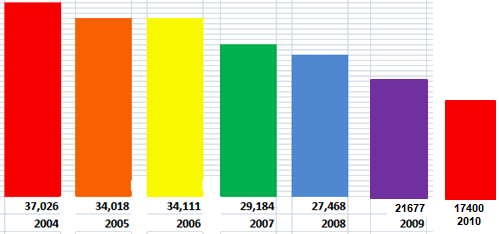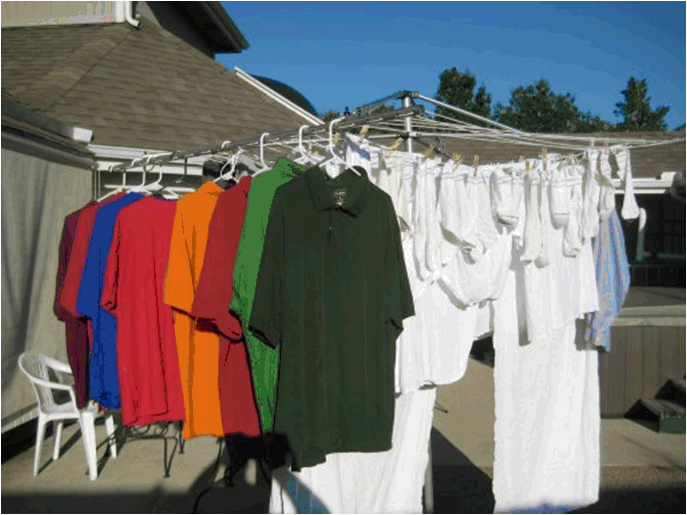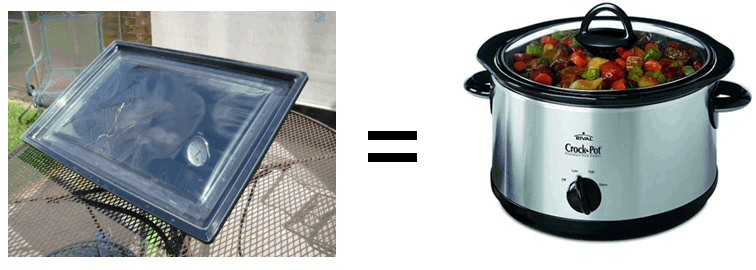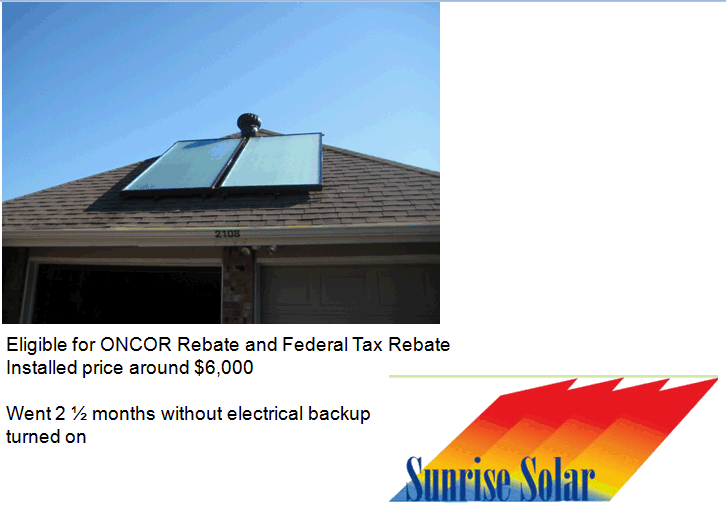 Texas Lic #0503820
Texas Lic #0503820 |  ENERGY ENERGY
Save Energy, Save Money. The two go hand in hand. And while we cannot imagine our contemporary houses running without electricity, there are several steps that can be done to reduce our electrical load.
Let me show you how!
Our home was built in 1983 and had several energy problems that most pre-existing homes have. In our first year of ownership, 2003, we used 37,026 KwH of electricity in our home. By 2008 we had reduced that to 27,468 Kwh. We removed over 9,000 KwH from our annual electrical needs.
 *2010 Projected
*2010 Projected
Update:
In early Summer 2010 we installed R50 insulation in our attic and a radiant barrier.
In April 2009 we had our lowest electric bill ever in this home, 1,290 kwh. We stopped using our dryer and installed a UV screen over our largest window. In a few weeks we should have our Solar Water Heater installed and be able to disconnect that from the grid as well.
Let me talk to you about:
Lighting - Compact Fluorescents, LED's, Incandescent
HVAC – What is your SEER rating and how can it help or hurt you?
Pool & Hot Tubs – Moderating your timers, changing your heating and filtration cycles. Changing timer clocks.
Computers – Desktops, Laptops and Monitors. Power settings on each can help you out.
Cooking – Stoves, ovens, microwaves each can affect your utility bills.
Kitchen & Laundry Appliances – The choices between Energy Star rated appliances and older units makes a big difference.
Vampires – Let me show you how to test you electrical usage and find what’s really sinking its teeth into your monthly bill.
View our Utility Usage
Laundry
We saved about $50 a month by hanging our clothes out during the summer months.

Solar Oven
We love our solar oven. It's like a slow cooker for the sun. Also it can be used to purify water if there's a sustained power outage.

Water Heating
We installed a solar water heater on our house which has a 20 year life. The solar panels heat a fluid which then goes through our hot water tank. The heat from that fluid then exchanges with the potable water and thus we have hot water!

|